Mirrors have captivated civilizations for thousands of years
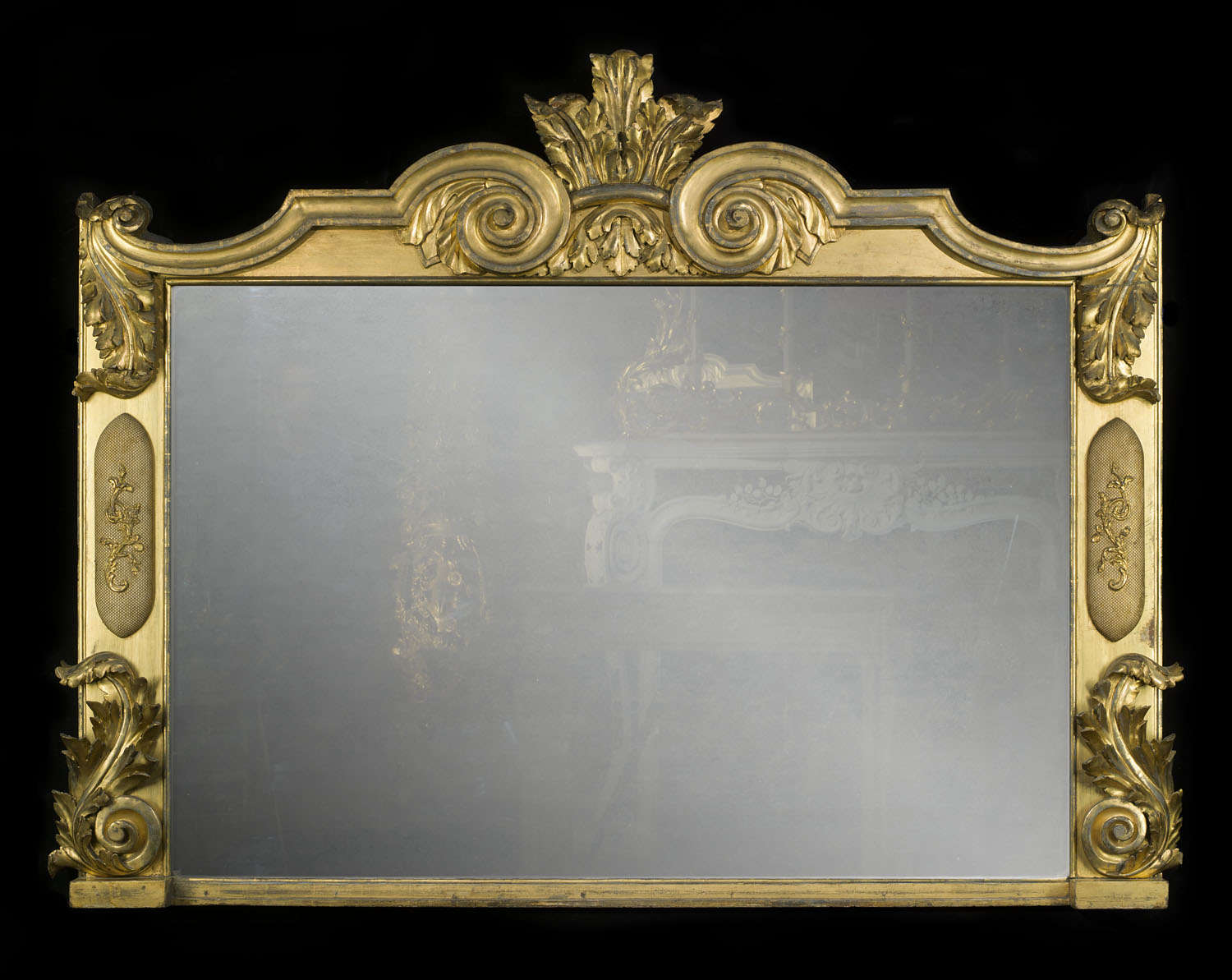
× 
Mercury glass had an important role in the antique mirror history. However, the story of mirrors begins long before mercury's use.
Mirrors have captivated civilizations for thousands of years, with the oldest known mirror dating back to Anatolia (modern-day Turkey) around 8,000 years ago.
These early mirrors were created from obsidian, a volcanic glass ground and polished to reflect light and images, albeit darkly and distortedly.
As civilisations advanced, so did mirror-making techniques. Mesopotamians and Egyptians fashioned mirrors from polished copper between 4,000 and 3,000 BC.
Central and South Americans often used polished stone from 2,000 BC onwards. Meanwhile the Chinese and Indians created mirrors from bronze and copper around the same period.
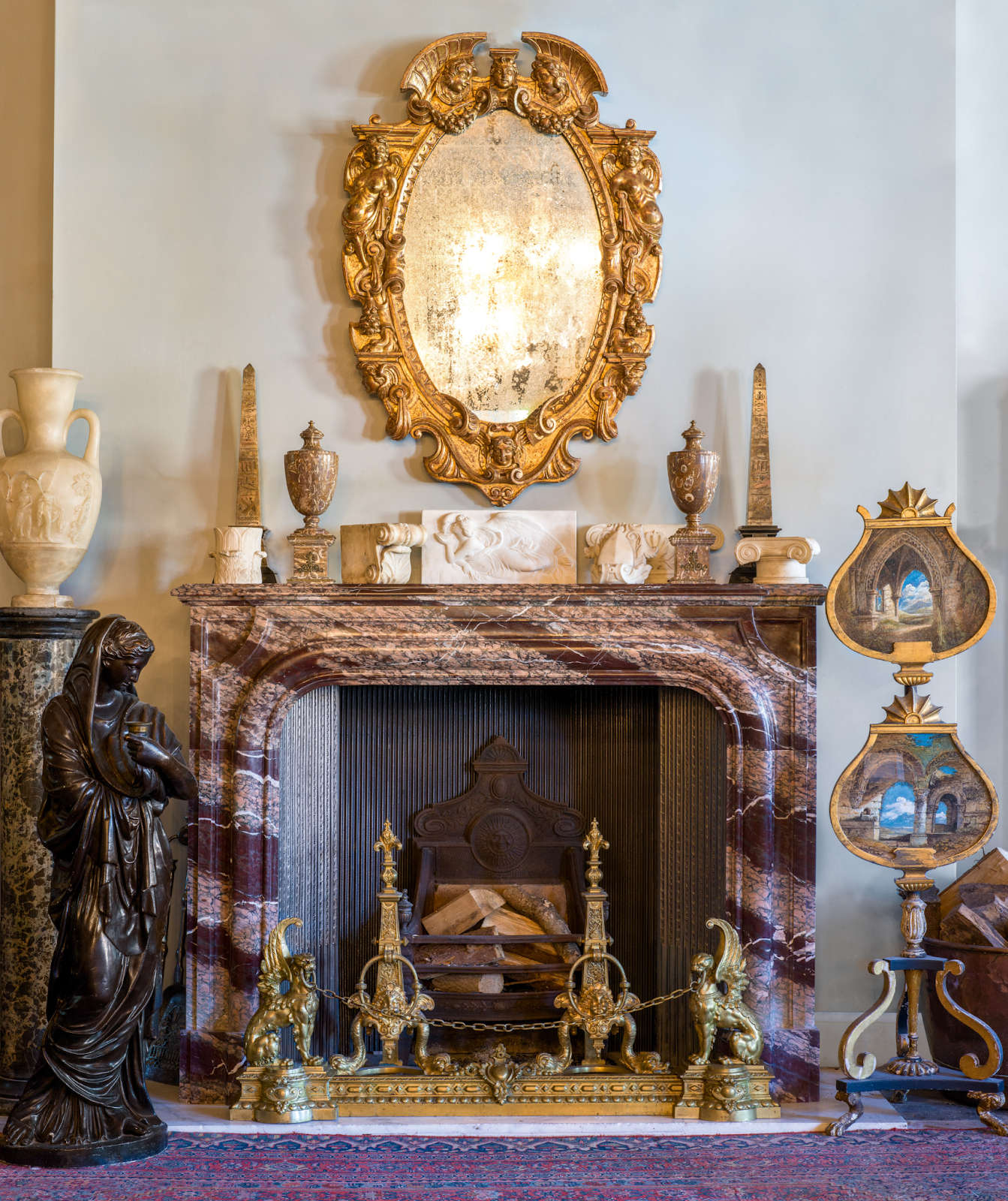
× 
Venetian mirrors
Venetian mirror-makers popularised the use of mercury in the 1400s
Venetian mirror-makers popularised the use of mercury in the 1400s. They coated glass with a mixture of tin and mercury, creating clearer reflections than ever before.
In terms of mirror design, this innovation arguably made Venice the envy of Europe, with its mirror-making secrets so coveted that the French court of Louis XIV allegedly sent spies.
France soon became renowned for mirror-making in its own right, creating the great 'Galerie des Glaces' in the Palace of Versailles. The Hall of Mirrors featured an astounding 357, showcasing France's newfound expertise.
A good way to identify mercury glass mirrors is to see if there is a slight sparkle to the reflective surfaces
Early glass mirrors tended to be smaller or have only sections of mirrored glass, as large single sheets of glass were not producible until the late 18th century. Consequently, floor-length mirrors were rare, and most people never saw their full reflection.
A good way to identify mercury glass mirrors is to see if there is a slight sparkle to the reflective surfaces.
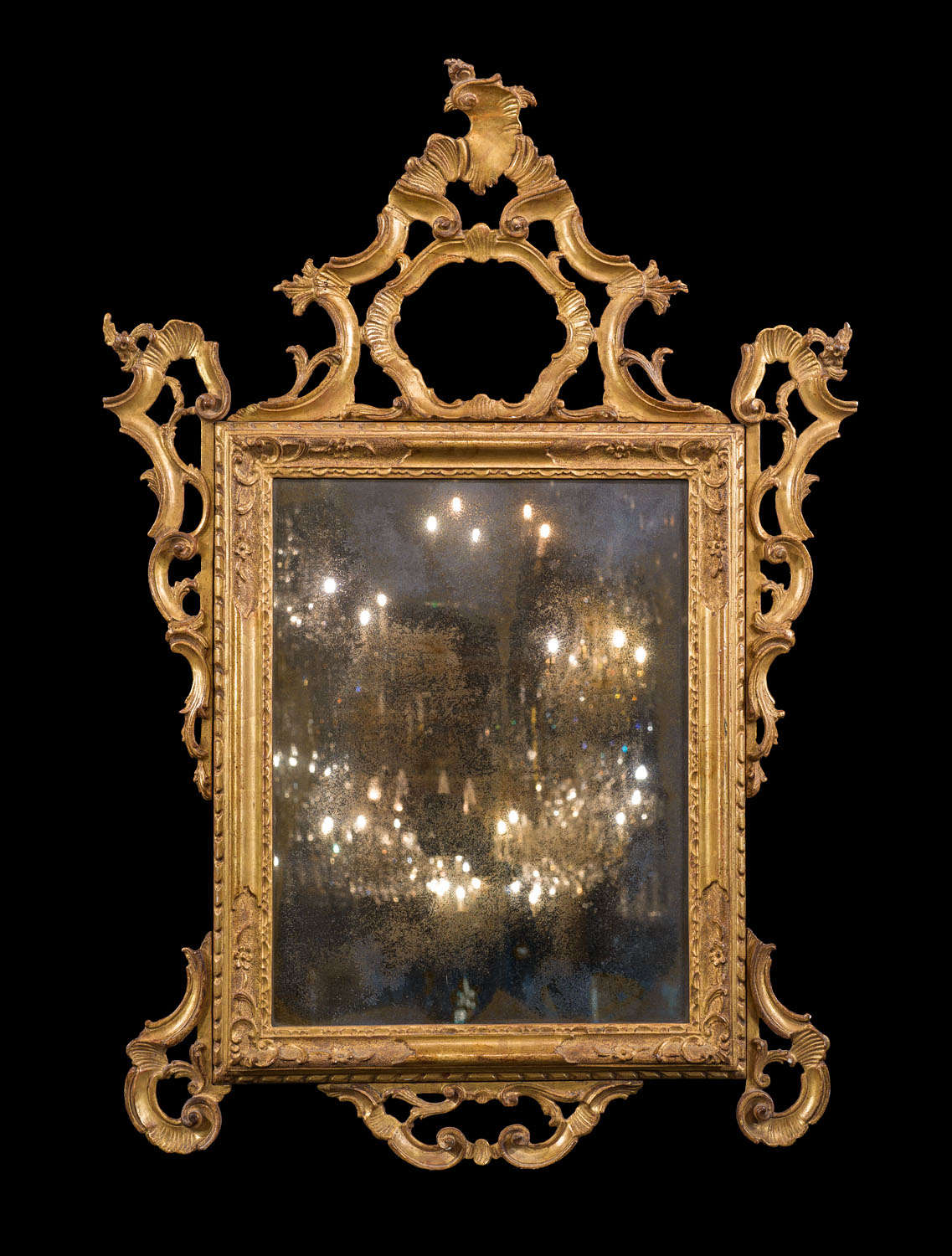
× 
Mercury glass
Venetians’ innovative technique involved flattening blown glass cylinders, layering them with tin and covering them with mercury.
This method, which would persist for four centuries, was guarded zealously. Venetian mirror-makers were sworn to secrecy.
Mercury mirrors, while luxurious, had some drawbacks at the time. The high price was a barrier, they were limited in size and most critically, toxic during the production process.
Mercury mirrors can be distinguished by their thicker glass and as mentioned, a distinctive sparkle when directly lit.
A simple test involves placing a rod on the mirror's surface; if there's a gap between the rod's tip and its reflection, it's likely a mercury mirror.
Here are some examples in our collection:
Today, these antique mirrors serve as fascinating reminders of a bygone era in history. The invention of the silver nitrate mirror by Justus von Liebig in 1835 marked the beginning of the end for mercury mirrors.
Here is our complete guide on the history of the mirror.
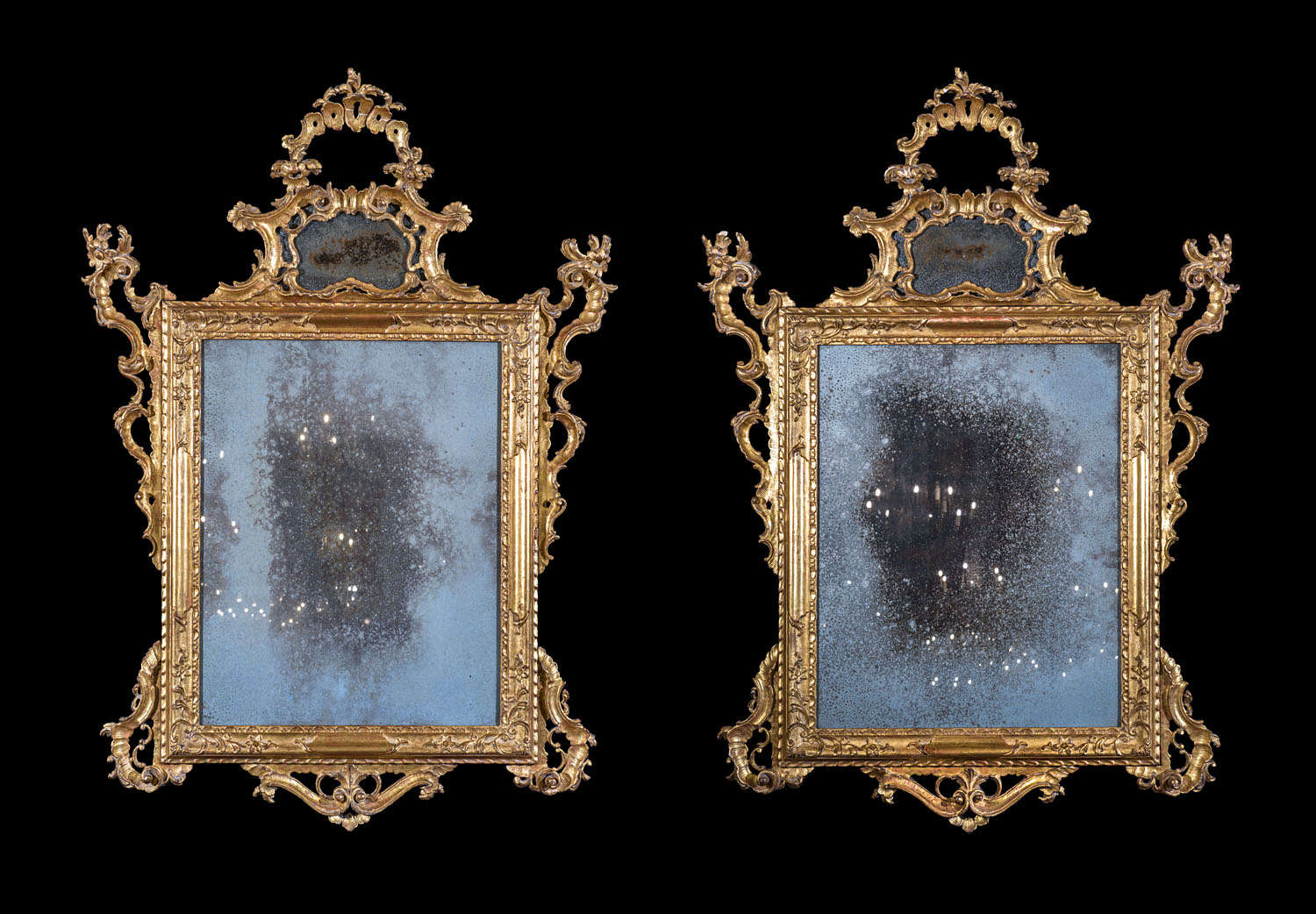
× 
Mirror foxing
A foxing mirror is often considered desirable as it highlights the mirror's age and authenticity
Contrary to what you might expect, colour blemishes in mirror glass can have a positive impact on the antique mirror’s value.
The term "foxing" originates from the reddish-brown stains that appear on aged paper, which mirrors replicate in their tarnished appearance. In a foxed mirror, the mercury oxidises over time, creating blotches near the edges or across the surface.
In antique mirrors, foxing occurs due to prolonged exposure to air, moisture, and environmental factors that degrade the silver layer.
This process creates unique patterns such as cloudy areas, speckles, or bubbles. A foxing mirror is often considered desirable as it highlights the mirror's age and authenticity.
For more details, read our guide on how to identify your antique mirror’s value.
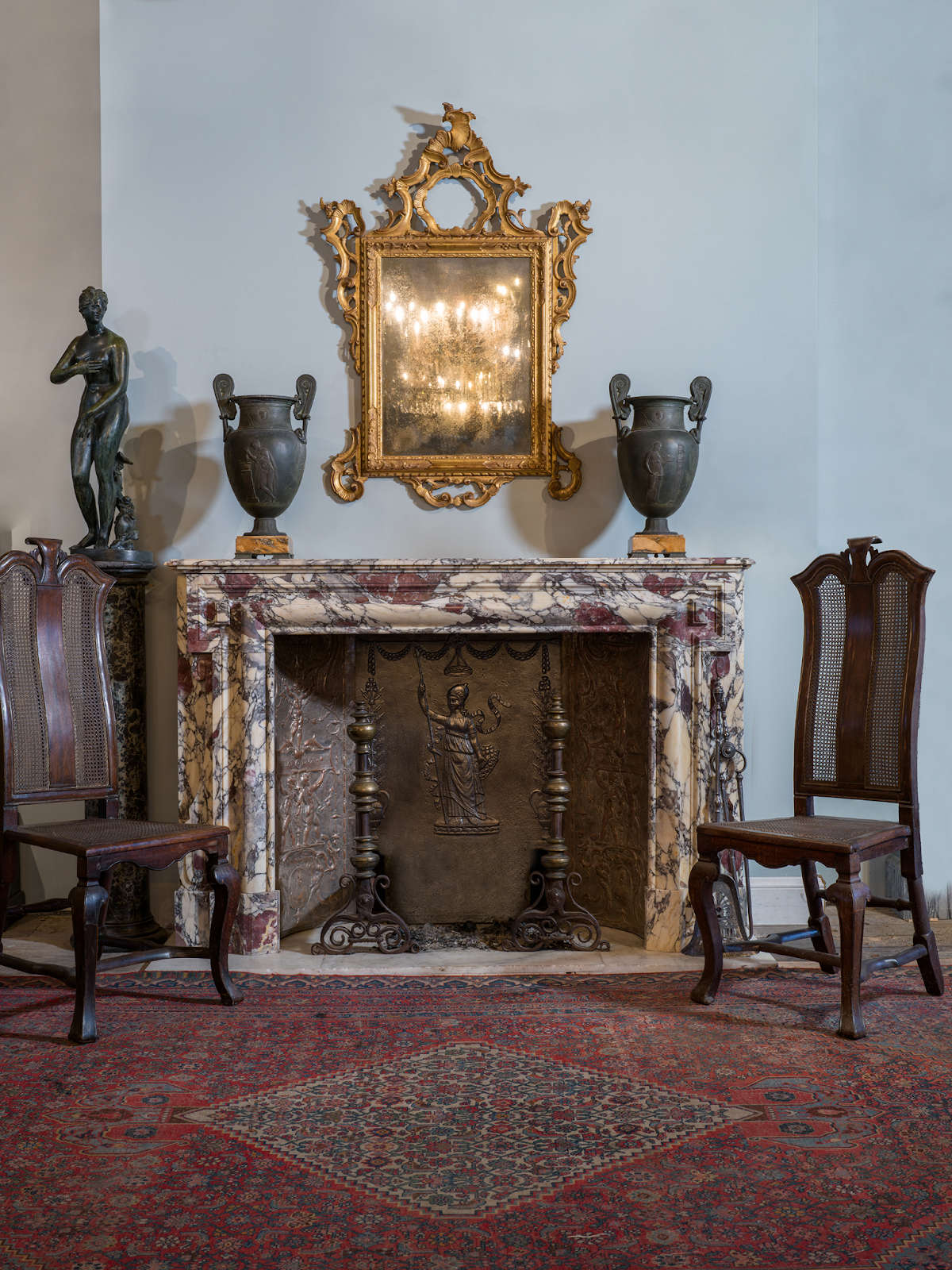
× 
Final thoughts: Mercury glass in antique mirrors
When buying any antique mirror, it is very important to check the glass for any damage, chips, cracks or scratches.
It is also ideal to have the original glass that the piece was made with and mercury glass is particularly in demand.
For over 50 years, Westland London has specialised in antique fireplaces, which go hand in hand with a magnificent overmantel mirror. In our guide chimney breast ideas: 5 ways to decorate your space, we highly recommend an antique mirror, alongside other creative suggestions.
For other informative guides, browse through our full range of articles. Recently we have covered the distinct Delftware and the different antique carpet types.
Our antiques span the centuries and we have a wide range of antique mirrors in our collection. If you have any queries about an antique on our website, please contact us.